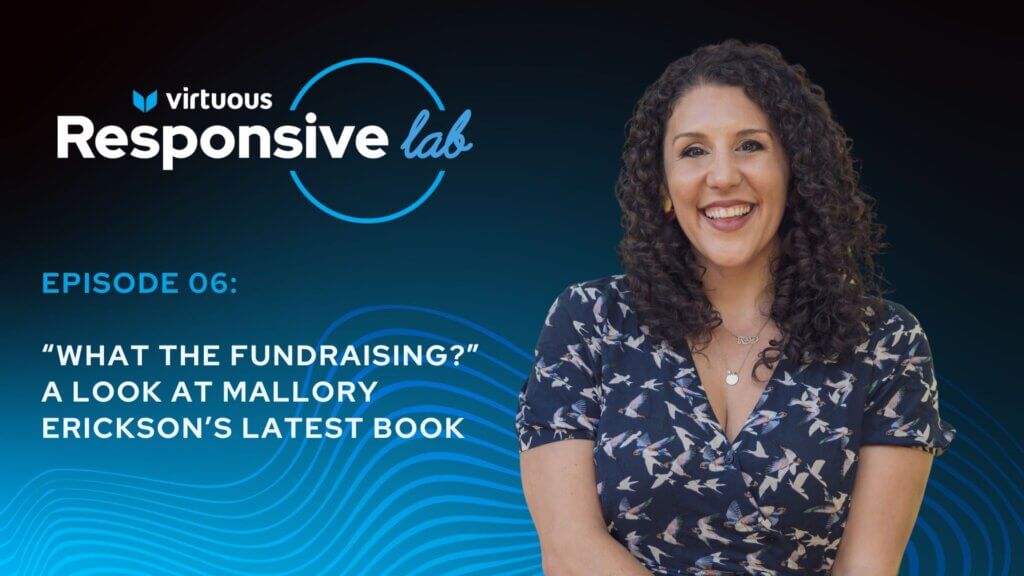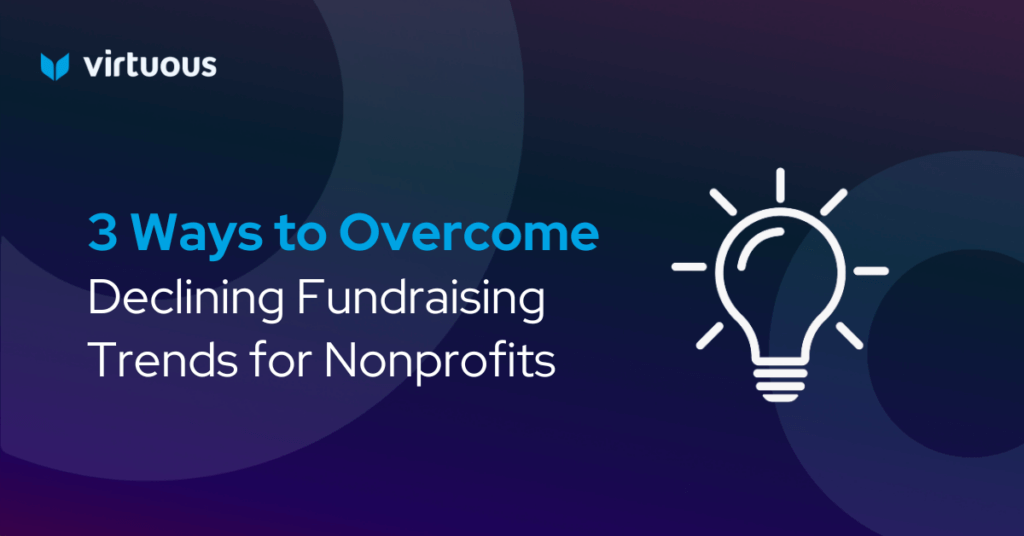5 Essential Responsive Nonprofit Characteristics
Although nonprofits are all working towards unique goals, there are some common traits that exists among most of them. A belief in the possibilities of the future, for example, is something you’ll find in organizations and the individuals that make up the organization. While most nonprofit characteristics are general, there are 5 that are specific to responsive nonprofits.
Responsive nonprofits are those who are focused on the future. They understand that the ways donors want to connect to their favorite organizations is much different than it was just a few years ago. So they’ve started to reprioritize certain behaviors and characteristics. If you’re wondering whether your organization could make the switch to becoming more responsive to your constituents, consider these 5 essential nonprofit characteristics.
1. Empathetic
The foundation for responsive nonprofits is listening. In order to meet the needs of your modern donors, you have to know what they are. The only way to find out what they are is to listen when they tell you. But successful responsive nonprofits go beyond hearing their donors. They also empathize with their donors so that they can make meaningful connections.
Think about email marketing, for example. Nonprofits that don’t prioritize empathy might see low open rates from a donor and assume they are just a lapsed donor who doesn’t want to give anymore. However, a responsive nonprofit trained in empathetic understanding of their donors might look for more nuanced clues. Perhaps after digging deeper, you discover that this donor cares most deeply about education programs and the last 7 emails focused on disease control. Of course they won’t respond. But it takes empathy and intentional reporting to figure that out.
Empathetic understanding of your donors might take more time, but it also leads to more efficient engagements. It’s much easier to make targeted campaigns that convert when you know exactly how your audience is feeling and why.
2. Collaborative
Responsive nonprofits are also collaborative. The nature of a relationship, whether it is personal or between donors and nonprofits, is to ebb and flow. Sometimes you’ll need to lead the conversation and the next best action. Other times, you should let your donors lead. When other nonprofits might assume they always know the right thing to say, responsive nonprofits check in with their donors to confirm that the conversation is still interesting and helpful.
But don’t stop at donor relationships when you direct your team to be more collaborative. Make a point to encourage collaboration between departments as well. For example, major donor representatives know exactly how to develop a donor relationship into a long-term, committed relationship. They’ve been cultivating those connections for years. Your marketing team, on the other hand, might need tips for what signs to look for or what information is essential for getting to know your donors motivations. Advocate for brainstorming and collaboration sessions between both departments so that every donor can receive a more comprehensive experience of your nonprofit.
3. Relational
Responsive nonprofits also see their donors not as people who provide the money, but as teammates helping the cause. The connection that responsive nonprofit teams create with their donors more closely resembles colleagues than anything else. Both sides are doing whatever they can to make the other successful. Both sides want to understand the other’s goals and talents so that they can bring the best out of each other. It’s a relational connection, not a transactional one.
The best way to prove that to your donors is to remain agile. Don’t approach a conversation with rigid goals or outcomes that can only go one of two ways. Instead, create conversations that are open ended. Reach out with questions about what the donors are interested in, what they’ve been thinking about lately and the last time they were excited about a milestone. Use their answers to suggest a next best action that will resonate.
Think about the variety of people in your life that add different things. For example, your mom is a nurturer when you need help. Your best friend is there to commiserate with you. Your boss helps mentor you with the next best move. You don’t ask each of them the same question. Instead, you modify your issue to fit the relationship you have with each one. The same logic applies to donors in a responsive fundraising framework.
4. Attentive
Responsive nonprofits always have a finger on the pulse of their donors. They are paying attention to the most important behaviors of their donors, both in the moment and over time. To responsive nonprofits, it’s not enough just to reach a fundraising goal. They also want to know that they built a deeper connection with their existing donors and set themselves up to create connections with new ones. Organizations can only achieve that level of connection if they are paying attention to the details.
A small warning on the note of attentive behavior: make sure you trust the process. We’ve mentioned before that responsive nonprofits aren’t afraid of taking calculated risks. Sometimes that means that you won’t see big engagement numbers right away. Don’t give up on a smart campaign right away. Give it time to evolve. If, at the end, it didn’t work, make the necessary adjustments. Just make sure that you’re not paying such close attention that you lose sight of the goal.
5. Curious
Finally, and most importantly, responsive nonprofits are curious. They always want to know more. If you want your organization to be a successful responsive nonprofit, you must ask questions for breadth and depth. Remember that you are working towards a long-term relationship with each donor. You don’t need to know everything right away. You want to continue to learn more with each interaction.
An easy way to instill a culture of curiosity in your organization is to encourage experimentation and be supportive in failure. If your team is too afraid to try something new, they will never learn new information about your donors. Keep everyone curious by saying yes to as many experiments, tests and ideas as possible. Obviously, it’s important to set boundaries so that you’re spending your money and resources wisely. But it’s also important to confirm that curiosity is a good thing and failure is fine as long as it teaches you something.
Learn More About Responsive Nonprofit Characteristics and Values
Find out more information on responsive nonprofits, including a comprehensive blueprint for implementing best practices in your organization on our website. Download ebooks, watch webinars, and see how nonprofits like yours have successfully evolved into responsive organizations.





